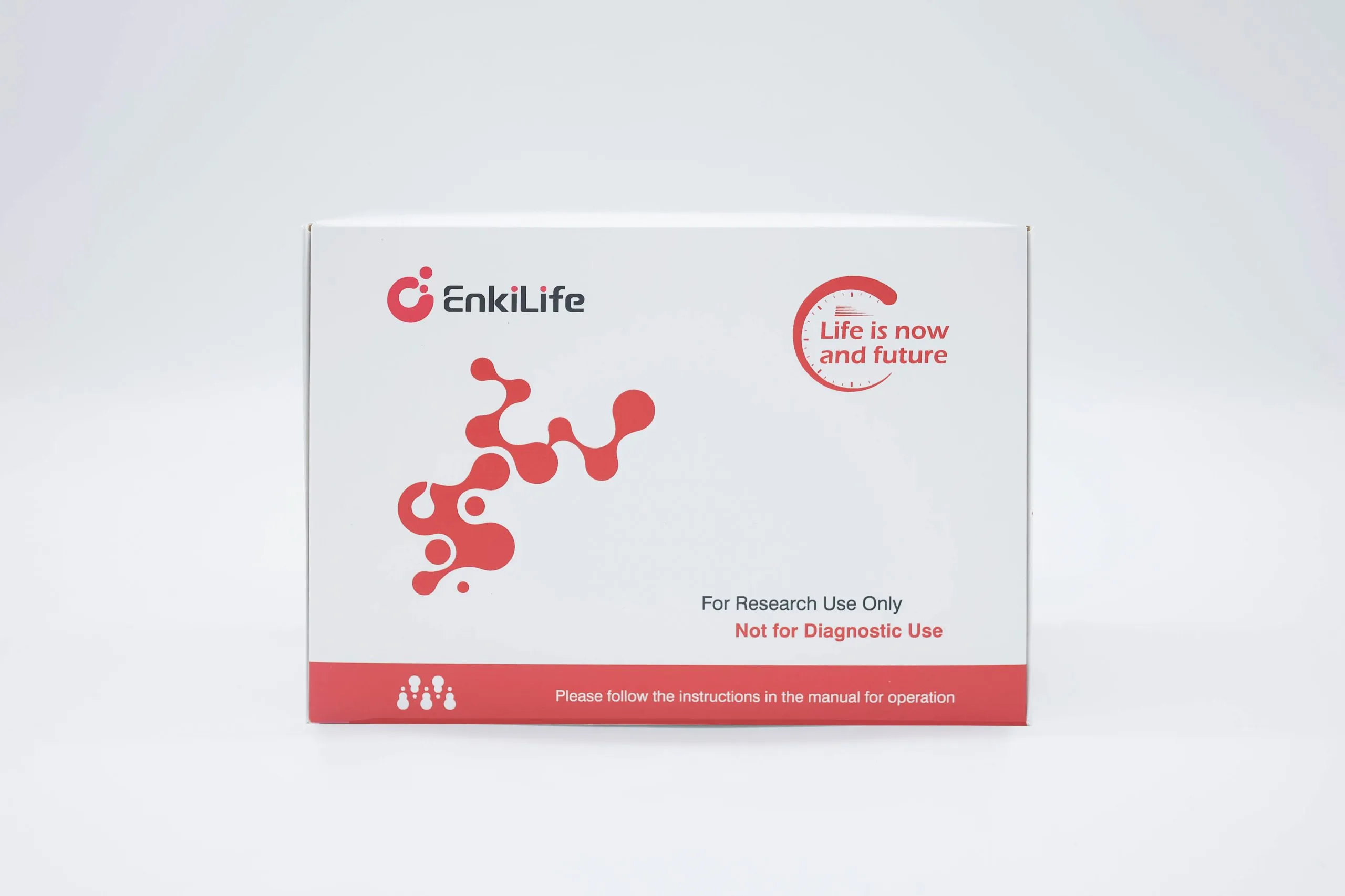Product Introduction
Reactive oxygen species (ROS) include hydroxyl radicals, superoxide radicals, and hydrogen peroxide. ROS are produced during normal physiological metabolism in cells or tissues, and environmental factors such as UV irradiation, γ-irradiation, smoking, and environmental pollution can also induce the production of ROS. ROS can cause oxidative damage to lipids, proteins, and DNA in cells, inducing oxidative stress, leading to various diseases such as tumors, atherosclerosis, rheumatoid arthritis, diabetes, liver damage, and central nervous system diseases.
The body contains various antioxidants, including antioxidant macromolecules, antioxidant small molecules, and enzymes, which can eliminate various ROS produced in the body to prevent the generation of oxidative stress induced by ROS. The total level of various antioxidant macromolecules, antioxidant small molecules, and enzymes in a system reflects the total antioxidant capacity of that system. Therefore, measuring the total antioxidant capacity in various body fluids such as plasma, serum, urine, saliva, cells, or tissue lysates is of great biological significance.
The detection of total antioxidant capacity in plant or herbal extracts, or various antioxidant solutions, can be used to detect the strength of the antioxidant capacity of various solutions and can be used to screen for drugs with strong antioxidant capacity.
Product Features
This kit is convenient and fast. The absorbance can be measured 3-5 minutes after adding the sample, and usually 10-20 samples can be tested in more than ten minutes.
Principle
Under acidic conditions, antioxidants can reduce Ferric-tripyridyltriazine (Fe3+-TPTZ) to produce blue Fe2+-TPTZ, and then measure the blue Fe2+-TPTZ at 593 nm to obtain the total antioxidant capacity of the sample. Since the reaction is carried out under acidic conditions, it can inhibit some endogenous interfering factors. Moreover, since the total concentration of iron ions or ferrous ions in samples such as plasma is usually below 10 µM, the iron ions or ferrous ions in samples such as plasma will not significantly interfere with the FRAP method detection reaction. Since the iron ions or ferrous ions in the reaction system are chelated with TPTZ, the small amount of metal ion chelating agents contained in the sample itself usually do not significantly affect the detection reaction.
![]()
Components
No. | Components | Size (100T) | Storage |
Reagent 1 | Assay Buffer | 20 mL | -20℃, can be stored at 2-8℃ after opening. |
Reagent 2 | Matrix Solution | 1 ml/vial, 2 vials | -20℃, protect from light, can be stored at 2-8℃ after opening. |
Reagent 3 | Substrate Solution | 1 ml/vial, 2 vials | -20℃, protect from light, can be stored at 2-8℃ after opening. |
Reagent 4 | FeSO4·7H2O Standard | 100 mg | -20℃, can be stored at 2-8℃ after opening. |
Consumable 1 | Microplate | 1 plate | RT |
Consumable 2 | Plate Sealer | 2 pieces | RT |
Storage
The unopened kit can be stored at -20℃ for 12 months, and after opening, it can be stored at 2-8℃ for 6 months.
Notes
This product is intended for scientific research use only by professionals and must not be used for clinical diagnosis or treatment, in food or drugs, or stored in ordinary residences.

